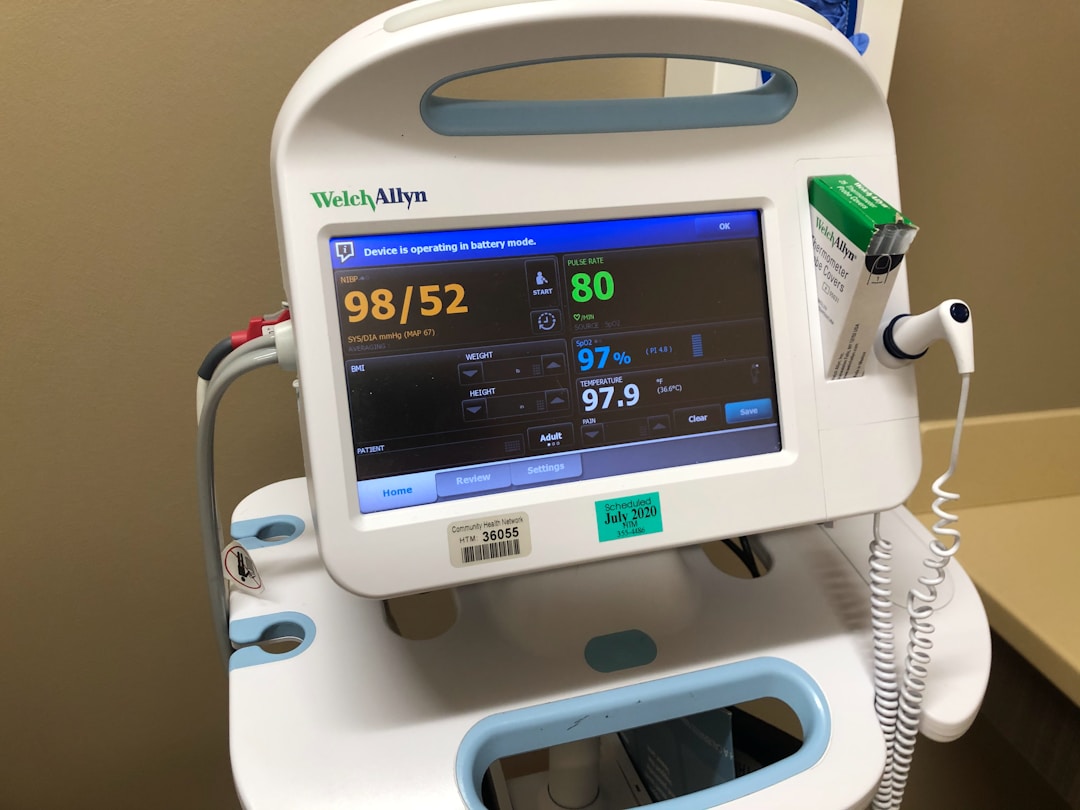Assets are crucial for all businesses. Assets include employees, stock on hand, equipment, and buildings owned by a company. Company balance sheets list all company assets.
Retaining assets is crucial for companies because it reduces costs and ensures the business can operate effectively. Utilizing asset management software is an effective way to ensure work equipment stays onsite and prevents you from losing or neglecting your company’s assets.
How does asset management software help keep work equipment at the workplace?
Take steps to avoid the cost of replacing equipment by implementing an effective asset management solution. Asset managers use equipment asset management software to track equipment. Assets can be entered or removed from your records by scanning a barcode. Asset managers can access asset tracking data from anywhere using a mobile app, making it possible to check how much equipment your company has and where it’s located in real-time.
Asset management software stores warranty information and other crucial information about each piece of equipment your company owns. Asset managers can also use the software to access maintenance records, ensuring asset managers can assign maintenance professionals to perform routine maintenance when required. In addition to overseeing the upkeep of assets, asset managers can determine when assets need to be moved, sold, or replaced.
How are assets lost?

Employee theft accounts for the loss of some stock and equipment. Staff may steal equipment for their personal use or sell stolen equipment for profit. As of 2017, employee theft costs businesses in the United States $50 billion each year.
Resources can be stolen by customers or vendors with access to your business. Businesses may also lose assets due to neglect. Failure to schedule upkeep and perform routine maintenance can nullify the warranty and cause equipment to break down.
It’s also possible to misplace assets. Without a comprehensive asset tracking plan in place, staff could lose track of where an item was placed. Equipment could also be damaged if it isn’t stored in appropriate conditions.
Are there other strategies that can prevent your company from losing work equipment?
Keeping assets in locked storage units can prevent loss or theft. Your asset managers should also be familiar with storage regulations that apply to your industry to ensure your business complies with regulations. For example, Environmental Health and Safety (EHS) guidelines affect how medical supplies must be stored. Urgent care centers, hospitals, medical offices, and health centers must follow these practices to prevent equipment and resources loss since non-compliance may mean improperly stored items need to be replaced.
How does asset tracking benefit different industries?

Whether you’re being treated in an emergency room or an urgent care clinic, Googling “how much is an urgent care visit” won’t provide a complete breakdown of the factors that determine how much you’re billed for treatment. While your insurance company and the deductible you’re required to pay will impact the cost of your urgent care visit, the total cost of services includes costs such as equipment loss. All businesses must cover the cost of insurance that protects them from equipment theft or replacement costs. This cost affects operational costs, which are included in the cost of the services they provide. Asset tracking prevents businesses from the hassle of replacing equipment and supplies and reduces the cost of services for clients.
Asset tracking can also be used to sign out equipment when required. For example, power companies may have linesmen who need to take tools, vehicles, and resources offsite to perform their duties.
What are the other benefits of asset tracking?
Asset tracking allows businesses to determine the amount of stock or supplies they have on hand and determine when to place orders. This prevents shortages and ensures that employees have the equipment they need to perform their duties. When employees have to wait for resources to arrive, they may have downtime when they aren’t productive, which means your company isn’t generating an optimal return on investment (ROI) for paid staff hours. Work delays can also cause moral issues and frustrate employees.
Ensuring that you have the appropriate equipment or stock on hand is an essential part of customer service. Whether your business provides healthcare services or sells merchandise, your employees need resources to perform their tasks.
Ensuring work equipment stays in the workplace reduces operational costs and ensures businesses can serve client needs. Businesses can prevent equipment loss or theft with appropriate security and storage measures and asset management software.

